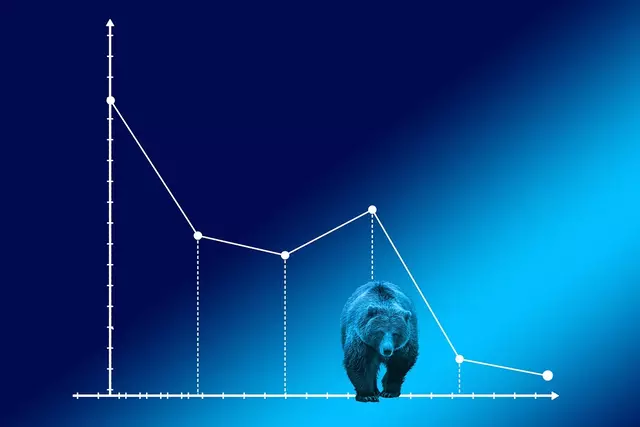Recent market activity signifies a potential shift away from the sustained bull run we’ve witnessed in recent periods. On Tuesday, the S&P 500 experienced a decline of approximately 70 bps, accompanied by rising interest rates across the curve. This downward trend raises concern within the investment community, leaving many analysts questioning the continued bullish momentum.
Several key economic releases are on the horizon, including today’s ADP private payroll report. Estimates suggest an increase of 150k jobs compared to last month’s 140k, a positive sign for the labor market. Additionally, the much-anticipated ISM services index is expected to rise, while prices paid may potentially decline slightly. One of our analysts highlights that these indicators, if accurate, could contribute to upward pressure on both interest rates and the US dollar.
Later today, Federal Reserve Chairman Jerome Powell will be making his second public appearance this week at Stanford, where he’s expected to discuss the economic outlook. Market participants will be closely watching for any changes or additions to his stance outlined last week.
The 10-year Treasury yield is another vital indicator worth observing. Yesterday, it climbed to 4.35%, surpassing prior resistance levels. One of our analysts notes that this movement points towards an increasingly tighter monetary environment. Adding to these concerns, the CDX High Yield credit spread index experienced a notable increase, reaching 340.
These concurrent trends of rising rates and widening spreads convey a message: financial conditions may be transitioning into a more restrictive phase. Should this pattern persist, as one of our analysts suggests, we could witness the spread index returning to the 400s – a territory it hasn’t occupied since recent easing measures.
The potential impact on the S&P 500 is considerable. A spread at 400 translates to a significant valuation difference. This could lead to a notable decline, with some calculations suggesting the S&P 500 may fall to levels closer to 4,400 from its current value. Such a decrease would highlight how dependent recent multiple expansions have been on relaxed financial conditions.
The current market dynamic – rising rates, a strengthening dollar, and widening credit spreads – casts a shadow of doubt on the likelihood of stocks maintaining their upward trajectory. Many market participants have become accustomed to a climate where intervention frequently mitigated downward pressures. As one analyst points out, it’s easy to assume something has fundamentally changed compared to a year ago. However, it’s essential to acknowledge that the market may be reverting to familiar patterns, potentially leading to a challenging period for equities.
Of course, data plays a crucial role. Should upcoming economic releases reflect weakness, it could reverse the course of both rates and the dollar, ultimately easing pressure on equity markets. Inflation swaps and 5-year breakevens are signaling market expectations of incoming data strong enough to support further interest rate hikes. As always, and especially in an election year, the political climate will also significantly influence the unfolding economic and market landscapes.


